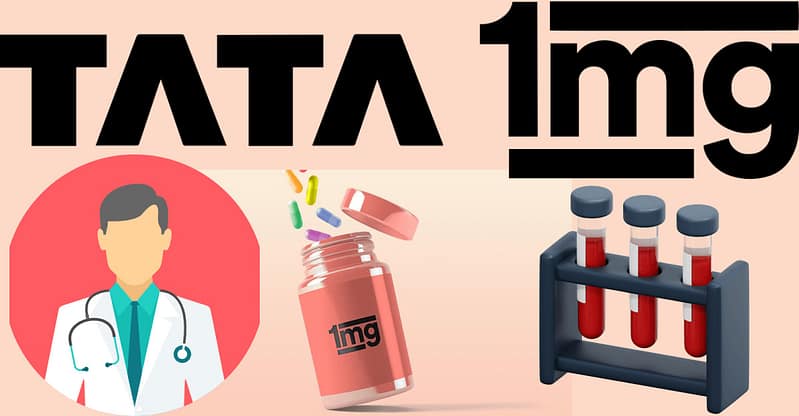The Income Tax (No 2) Bill – which seeks to replace the six decades old Income Tax Act of 1961 and make the laws S.I.M.P.L.E to understand – cleared the Lok Sabha sans opposition debate Monday afternoon, but to the cacophony of INDIA bloc MPs protesting the voter list revision in poll-bound Bihar.
Finance Minister Sitharaman used that acronym in February, when she first tabled a first draft of the bill, to refer to its guiding principles. Those principles are: ‘Streamlined structure and language; Integrated and concise; Minimised litigation; Practical and transparent; Learn and adapt, and Efficient tax reforms’.
That first draft was then referred to a select committee led by the ruling BJP’s Baijayant Panda. The committee made 285 suggestions and most have been accepted, Ms Sitharaman said this afternoon.
The revised bill carries that mission further, Mr Panda said. He said the new draft further simplifies the decades-old tax structure and helps individual taxpayers and MSMEs avoid unnecessary litigation.
The Income-Tax Bill, 2025 has been introduced in the Lok Sabha today.
The Bill aims to simplify the tax system for all and is built on these core “SIMPLE” principles:⬇️ pic.twitter.com/bX4Zc1ImdR— Income Tax India (@IncomeTaxIndia) February 13, 2025
“The 1961 Income Tax Act has undergone over 4,000 amendments and contains over five lakh words. It has become too complex. The new bill simplifies that by nearly 50 per cent…” he said.
Apart from simplifying the language, the No 2 Bill clarifies deductions and strengthens cross-referencing across provisions, and addresses ambiguities around income from house property, including standard deductions and pre-construction interest on home loans.
It also introduces clearer definitions for terms such as ‘capital asset’, ‘micro and small enterprises’, and ‘beneficial owner’, while aligning tax treatment for pension contributions and scientific research expenditures. It is set to come into force from April 1, 2026.
Some Proposed Changes In New Draft:
Relief over tax refunds – Taxpayers can claim refunds even in case of late filing of returns.
No penalty on late TDS filing – There will be no financial penalties in case of late filing of TDS.
Nil-TDS certificate – Taxpayers who don’t have tax liabilities, i.e., they don’t pay income tax, can claim ‘nil certificates’ in advance. This is applicable to both Indian and non-resident taxpayers.
Commuted pensions – There will be an explicit (in the earlier draft it was an implicit mention) tax deduction for commuted pension, lump sum pension payments, for certain taxpayers. This applies to those receiving pensions from specific funds, such as the LIC Pension Fund.
Inter-corporate dividends – Deductions for inter-corporate dividends, i.e., dividends a company receives from shares held in another company, has been reinstated as under Section 80M.
In the first draft of the new Income Tax Act this provision had been omitted, particularly for companies opting for the 22 per cent corporate tax regime, i.e., similar to private individuals, corporates were given a lower tax rate if they opted to forego certain exemptions.
The omission led to worries over double taxation in multi-tiered company structures.
Property tax clarifications – To calculate tax on income from house properties, the standard deduction has been set at 30 per cent, as determined under Section 21. The interest payable on borrowed capital to buy, build, repair, etc. a property will also be deducted.
Under the old law, in case of rental property lying vacant for all or part of a year, the annual value of the house (on which tax would be calculated) was based on ‘reasonable expected rent’ or actual rent received (for part of the year) as long as it is less than the ‘reasonable’ rent
Under the new law, this valuation will be based on the higher of two totals – ‘reasonable expected rent’ or actual rent received / receivable, if the property or any part of it is let.
Aligning MSME Definitions
The committee recommended aligning definition of micro and small enterprises.
Under the MSME Act (last revised July 2020), micro and small enteprises are classified based on investment in machinery and annual turnover. A micro enterprise would have investment less than Rs 1 crore and a turnover below Rs 5 crore. For a small enterprise that would be Rs 10 and Rs 50 crore.
What Else Is In New Tax Bill?
Among the proposed changes and amendments is the concept of a ‘tax year’, which will replace the simultaneous use of ‘financial year’, or FY, and ‘accounting year’, or AY. In other words, under current income tax laws, tax for income earned in 2023/24, for example, is paid in 2024/25.
NDTV Explains | New Income Tax Bill Vs Old Differences, Exemption Limits, More
The proposed change will see the introduction of a ‘tax year’, so tax on income earned in a year will be paid that year. It has also omitted redundant sections, like those about ‘fringe benefit tax’.
READ | Reader Friendly, Handy Tables For Calculation In New Income Tax Bill
Tables have been included for provisions relating to TDS, or tax deducted at source, ‘presumptive taxation’, salaries, and deductions for bad debt.
— Income Tax India (@IncomeTaxIndia) February 13, 2025
What Does Not Change?
The biggest point in the New Income Tax Bill is that existing tax slabs do not change.
NDTV Explains | Income Tax Slabs: Old vs New Regime? Questions Answered
The Finance Ministry also said “key words” and “phrases defined in court rulings (will) remain”.
Meanwhile, also passed Monday was the Taxation Laws (Amendment) Bill, 2025, which provides direct tax relief to Saudi Arabia’s sovereign wealth fund and its subsidiaries investing in India.
With input from agencies
NDTV is now available on WhatsApp channels. Click on the link to get all the latest updates from NDTV on your chat.




















